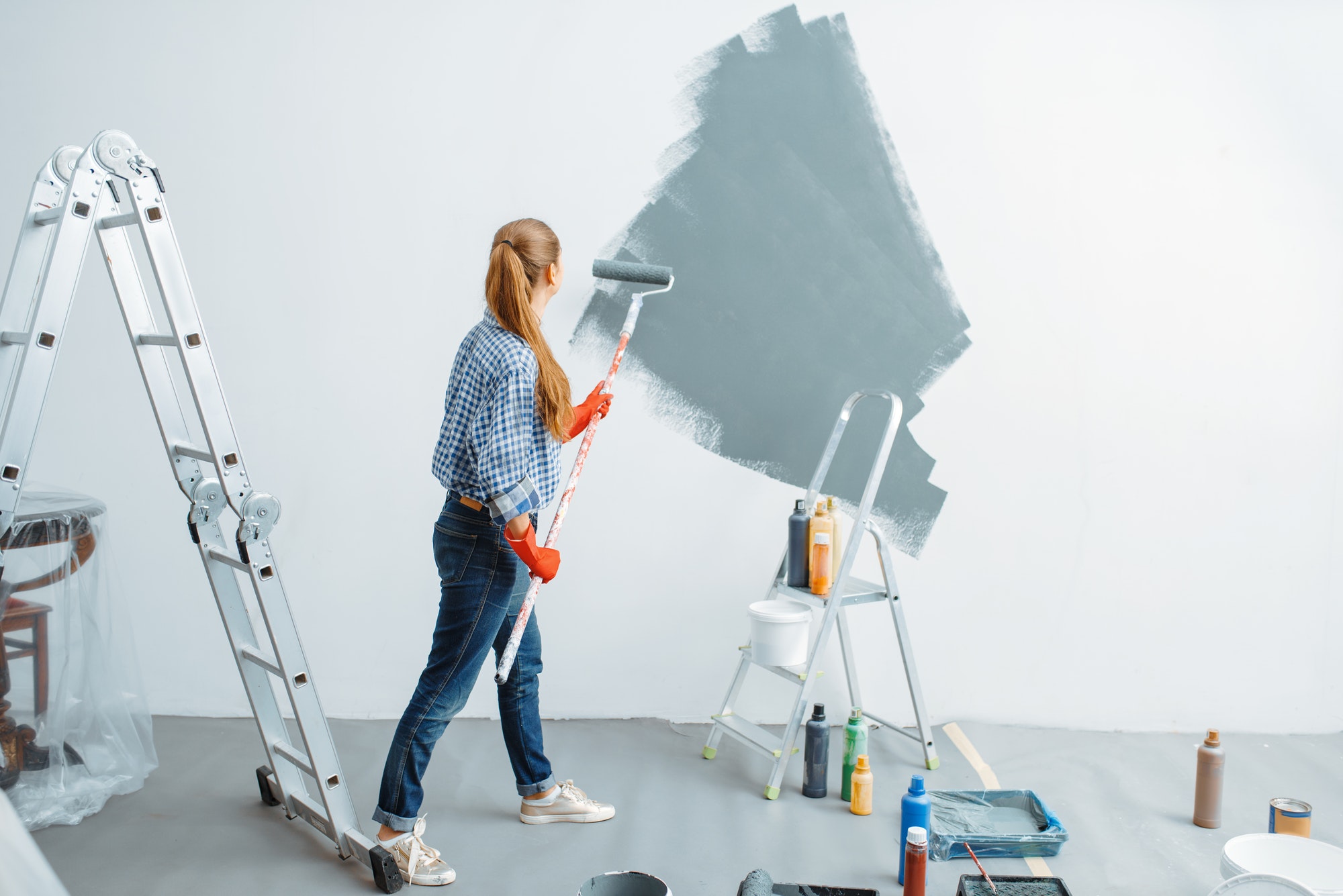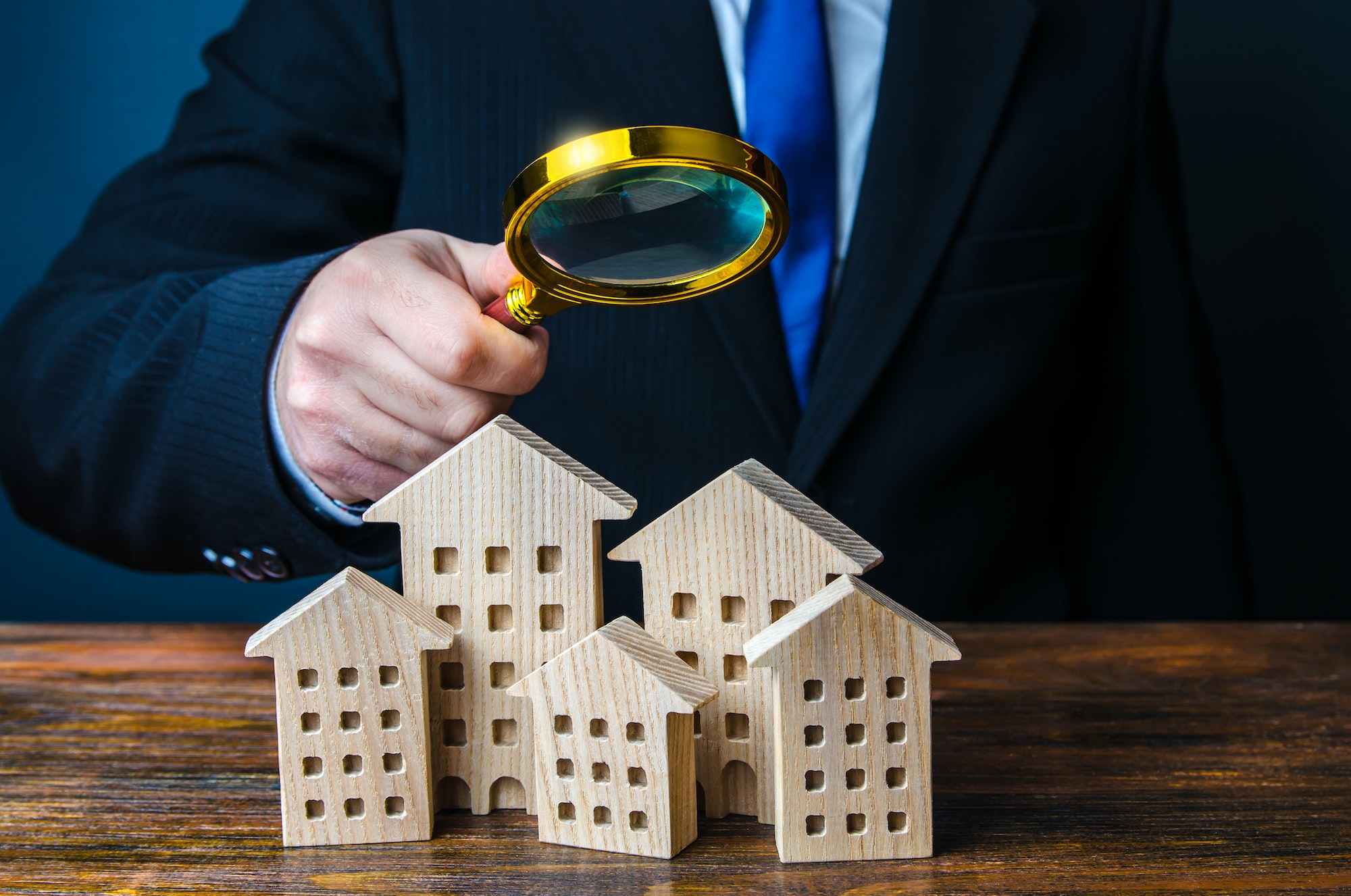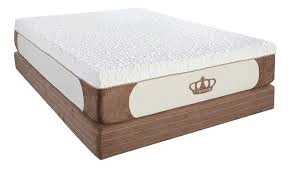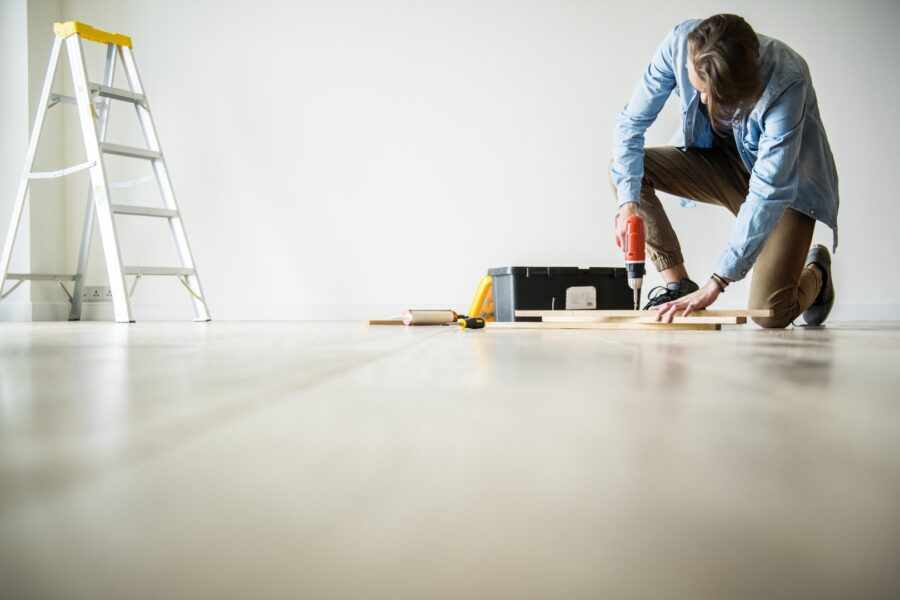As we all know, our environment has always been very dynamic. But with the increasing temperatures and extreme differences in weather conditions due to climate change, exposure to the environment also brings about a lot of drastic changes.
While our houses protect us from all these external hazards, they are bound to get affected by them. This is because the outermost layer of our houses’ exterior is the layer of paint, which eventually starts showing signs of wear and tear.
So, here’s a list of 5 signs that hint you need to get a new coat of paint for your house.
5 Clear Signs the Paint on the Exterior of Your Home Needs to Be Replaced
Many factors play a role in deciding the condition of your house years after you have bought or built it. More than just the weather, it is also the quality of products, the efficiency of the work done, and the area you live in that affect your house’s condition.
So, the following are some signs that should alarm you to replace the paint on the exterior of your house.
1. Peeling and Cracking of the Paint
These are the two most obvious and common signs of your house paint’s poor condition. It is either caused by the chemical reaction between exterior factors and the paint or improper adhesion job.
The latter does not let the paint stick on the walls for a longer period in the original state, and it makes the paint layer move away from the wall’s previous layers easily, causing peels and cracks.
Paint is supposed to not only provide an aesthetic value to the appearance of your house but is also used to protect the walls from getting directly affected by external hazards like rain and sun. So, instead of waiting for it to reach a much worse state, it is better to work on it immediately.
The layers of the peeling paint must be scraped off, and the whole paint job with proper adhesion should be done depending on the damage.
2. Blistering Paint
Blisters on your wall are the early signs that eventually reach the peel and crack stage. Blisters are tiny air pockets formed all over the painted walls for various reasons.
Apart from the common causes, these air pockets get created if the paint was initially applied during unfavorable external conditions. For example, it can happen with exposure to direct sunlight and high humidity.
The same process as done for peeling and cracking paints should be applied to a blistered wall. Again, scraping and sand-papering the area while avoiding the sun and humidity should do the job.
It might also be a good time to check up on your caulk, as it is supposed to protect the newly applied paint from the joints and slidings.
Another reason for blister formation is the lack of ventilation; in that case, you will need to check your interiors’ exposure to air.
3. Efflorescence
It is a phenomenon that occurs due to moisture and concrete creating a chemical reaction, resulting in the formation of a white film of salt on the surface.
It is primarily caused due to water leakage or problems in the drainage system, spreading water close to the insides of the walls. Efflorescence further leads to blisters and then peeling off of the paint layer.
So, check for any cracks and leakages in the area and get those repaired first. Some places might need waterproofing or application of latex concrete done.
After the repair is done, ensure all layers and smudges of efflorescence are removed from the area, as the remaining salt can affect the reapplied paint. Cleaning the chemicals for walls can be really effective here.
Also, make sure there are no ways for moisture to reach the cleaned wall before applying the new layer of paint.
4. Shrinking or Gaps in Wood
If you have a wooden outer layer around your house, you will notice some shrunken wood or gaps between the layers.
Wood is a natural material and pretty sensitive to changes in weather conditions, especially extreme humidity and heavy rains. So, gaps and shrunken wood can further worsen the condition of your walls and give way to mold, mildew, and other problems.
Regularly replacing the paint on your home’s exterior can help prevent this issue, especially if you live in an area with heavy rainfall. The oil and other chemicals in the paint make wood less prone to getting weak or damaged.
But if the gaps are considerably big and can’t be repaired with just paint, you should contact an expert to look into it and give it a permanent repair instead of just a temporary paint job.
Damaged wood can be really dangerous, and it is better to find a solution for the long run than to suffer more serious damage.
5. Mildew
Mildew is a kind of fungus that can grow on your walls that have been exposed to heavy moisture. It grows in gray, green, and brown patches and makes the paint chip wherever it grows.
While sunlight can sometimes be an enemy for paint, it is also important to maintain the wall’s moisture level. If a wall faces away from the sun and completely lacks any exposure to the sunlight, it becomes more prone to getting affected by excessive moisture.
You should let an expert take care of it, but if you wish to remove mildew yourself, you can use a cleaning chemical or homemade solutions to first clean the surface and kill the fungus.
After cleaning the wall completely, you can apply the new layer of paint. If the mildew continues to grow, you should get the area checked by experts for leakages or any other issues.
Final Words
These are the top 5 signs of your house’s exterior needing a paint replacement. Besides, a new paint job also increases the value of your house if you wish to put it on the market by a huge margin.
So, don’t hesitate or wait if it looks like your house needs a little touch-up! Instead, seek professional painting services from https://apfpainters.com/littleton-house-painting-company now!
Discover more from Futurist Architecture
Subscribe to get the latest posts sent to your email.




